Help protect the environment from the impacts of invasive non-native species!
What are invasive non-native species?
Over 2,000 plants and animals have been introduced to Britain from all over the world by people. These are known as non-native species.
Most are harmless but around 10-15% become invasive non-native species which spread and have a harmful impact. Invasive non-native species:
- are one of the top five drivers of global biodiversity loss
- threaten the survival of native wildlife and damage our natural ecosystems
- cost the British economy nearly £2 billion a year
- can even harm our health and interfere with activities we enjoy
Invasive Species Week
From the 20th to 26th May 2024, over 200 organisations across the UK, Ireland, Isle of Man, Jersey, and Guernsey worked together to raise awareness of invasive non-native species, their impacts, and the simple things that everyone can do to help prevent their spread.
View:
- Highlights from Invasive Species Week 2024.
- Events and activities, including links to blogs and videos.
- Information on invasive non-native species.
- Five simple things that you can do to help.
- Awareness raising resources and suggested activities to help spread the word.
Catch up on X (Twitter) @InvasiveSp and #INNSweek. Contact us to be added to our mailing list for relevant updates.
|
Order a free poster with alert species to look out for |
Find Check Clean Dry materials for your angling, boating or paddling club |
Download your free guide to gardening without invasive non-native plants |
Find a Local Action Group near you |




